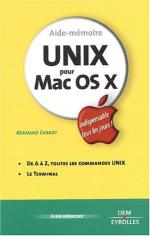|
This section contains 254 words (approx. 1 page at 300 words per page) |
An X terminal is a computer that lacks a disk. Accordingly, X terminals do not have (house) resident applications. X terminals are designed to connect a user to network applications that are running in an X server; a server operating in a network that uses the X Window system. In turn the X Window system is a network of interconnected mainframe computers, minicomputers, and workstations.
X terminals are usually connected to a server whose operating system is a Unix- or Linux-based system. They are thought of as being a predecessor of today's network computers. Because the computational power resides in the server rather than in the X terminal, these terminals can, in many cases, be old computers that as stand alone systems do not have the capacity to run the programs being used. The server powers the programs and the display is exported to the X terminal monitor.
Older computers are able to function as X terminals because only the minimum amount of commands for the display of the operative program are actually sent to the terminal. The terminal needs only the ability and capacity to request information from the displayed program in a point and click fashion. An X terminal is thus a way to utilize a computer that would be independently nonfunctional for complex computational procedures.
Use of X terminal allows a multiple user network to be constructed relatively inexpensively. For home, telecommuting, or small office applications, this often an attractive option to more expensive network capable computers.
|
This section contains 254 words (approx. 1 page at 300 words per page) |


